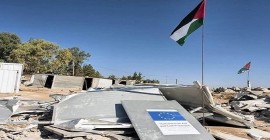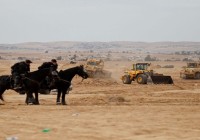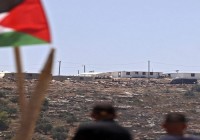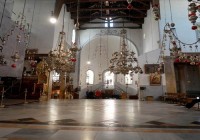Gaza Clothing Industry Enters Israeli Market
During this current week, the first shipment of “Gazan trousers” will be marketed in Israel, after Israel allowed the textile and clothing factories in Gaza to market their products in it. Gazan factories have not been permitted to do so for eight years, which led to undermining one of the besieged Strip’s most productive sectors.
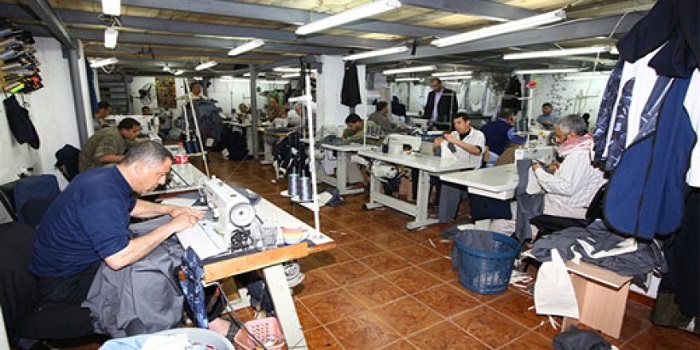
Asma Marzouq – Palestine Economy Portal
Translated by: Tamara Barakat
Traders and workers in the textile and clothing industry have positively welcomed the news of Israel’s permission for their products to enter into the Israeli market. The first shipment will be marketed by the end of this week, and 1500 trousers manufactured in Gaza will be sold in Israel, putting an end to an eight-year severance between the Gazan clothing industry and the Israeli market.
Before the Israeli-imposed siege on the Gaza Strip in 2000, the textile and clothing industry played an important role in the Palestinian economy, especially in the Gazan economy. This industry employed more than 36 thousand workers in 900 factories and tailor shops and delivered 1500 monthly shipments to Israel.
This huge industry decreased over the past 15 years. Currently, it only employs 4000 workers, and has 140 factories.
Tayseer Al-Ostath, the Head of the Textile and Garments Union, who participated a few days ago in a workshop held at the Beit Hanoun crossing between Israeli and Palestinian parties to facilitate the flow of the textile and clothing industry products into the Israeli market, expressed his optimism about the decision and his expectations of the revival of the industry, which is almost dead due to the blockade.
He told the Palestine Economy Portal, “There are still some technical obstacles standing in our way such as facilitating the banking transactions related to clearings between the Israeli and Palestinian banks. These transactions have ceased for years and it is important to return them in order to revive the commercial relations between the Palestinian and Israeli markets.”
He further said that commercial exchange with Israel currently requires going to the Palestinian Ministry of Finance in Ramallah to get the clearing bill for any transaction. “We have received positive promises in this regard. We have been permitted to use stamped delivery notes that are to be collected and sent to Ramallah,” he adds.
Al-Ostath believes that the Israeli market needs the Gazan clothing industry since it has moved into much more developed industries like the high-tech and relies on imported clothes. The geographic proximity and ease of communication will play a positive role in making the Gazan industry’s products a priority, and may even lead to cooperation between Gazan tailor shops and Israeli factories.
Gazan clothes started flowing into the West Bank last March, when Israel gave it permission, after eight years of not being able to do so. The West Bank receives a truck carrying 60 thousand clothing pieces manufactured in Gaza on a weekly basis. This shipment amounts to 1,200,000 NIS per month.
Moreover, Al-Ostath thinks that the West Bank market has helped in somewhat reviving the clothing industry in Gaza, and if things go as expected in the Israeli market, the clothing and textile industry in Gaza will be revived again.
He also believes that the Gazan products have proven their ability to compete in the market. This is indicated by the great demand on these products among traders in the West Bank, even though they varied options of products to import. The quality and competitive prices of the Gazan products have convinced the traders and the customers.
Al-Ostath, who owns a clothing factory, said that Gaza’s products are 100% manufactured locally, staring from the design to the final packaging of the product. He believes that Palestine is full of people who are talented in designing clothes and they should be given the opportunities they deserve.


